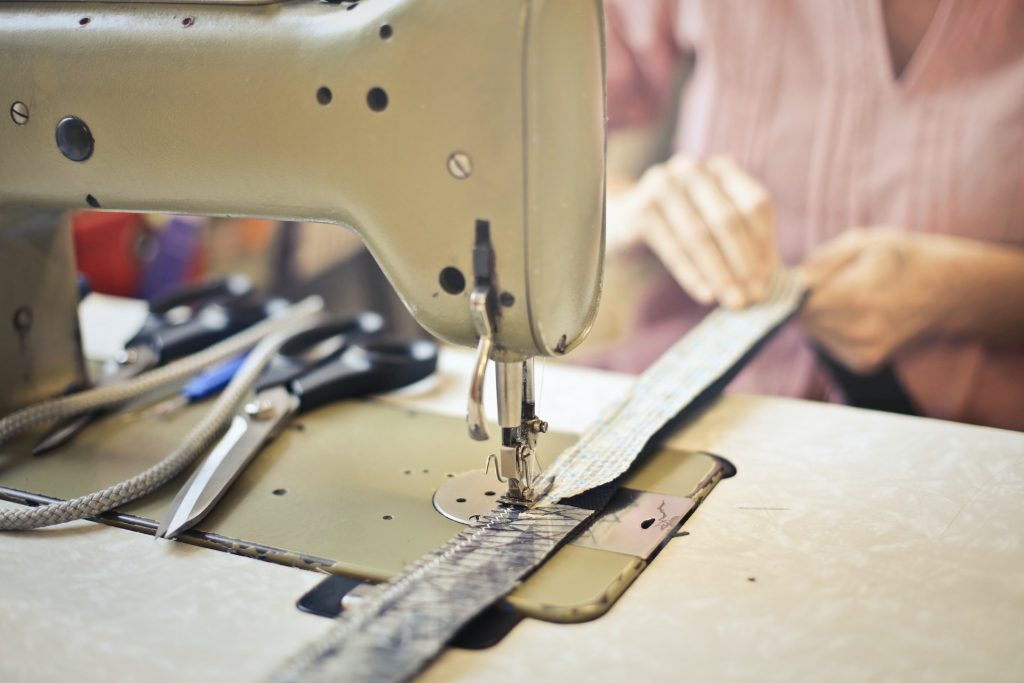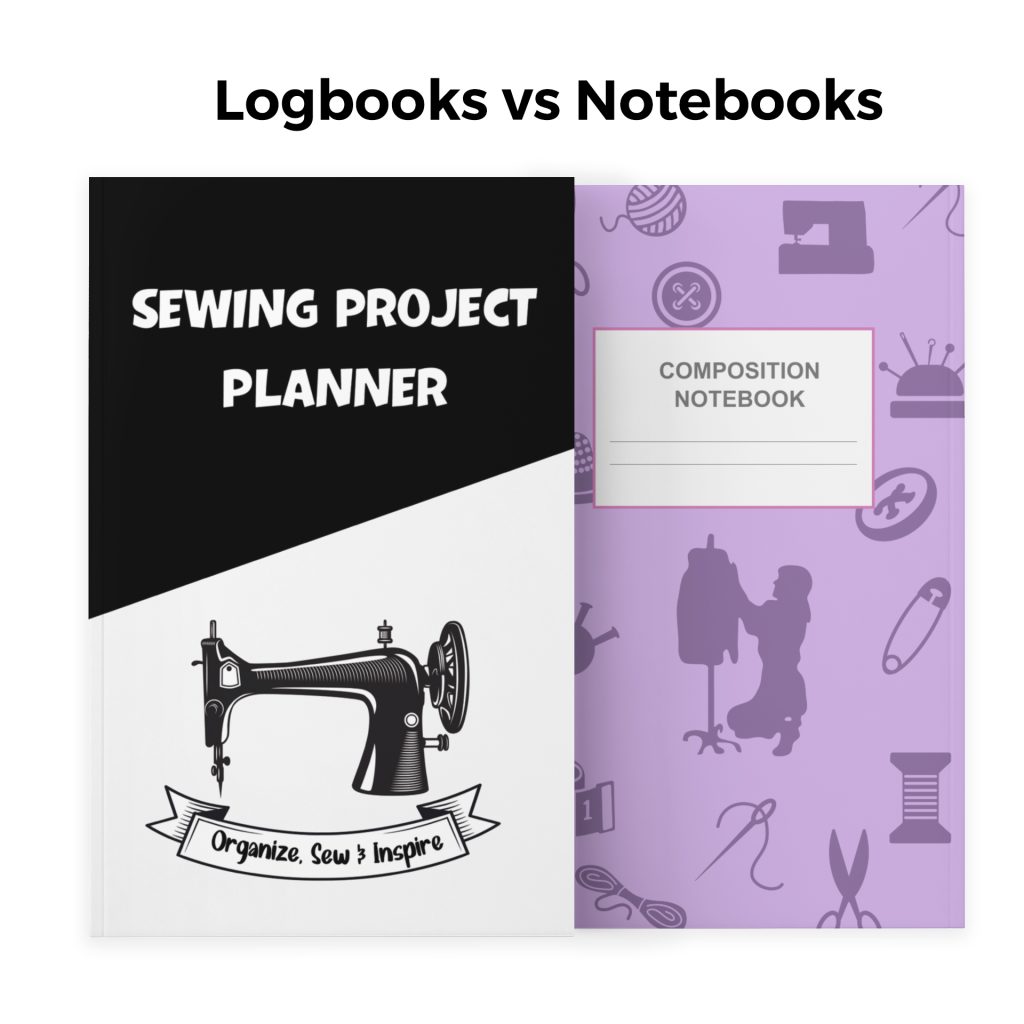Pleats are a timeless design element that can add texture, volume, and sophistication to any garment. Whether you’re a seasoned fashion designer or just starting out, understanding the different types of pleats can help you elevate your creations. In this blog post, we’ll explore five popular types of pleats: Knife, Box, Inverted, Accordion, and Plissé pleats. Each type has its unique characteristics and applications, making them versatile additions to your sewing repertoire.
1. Knife Pleats
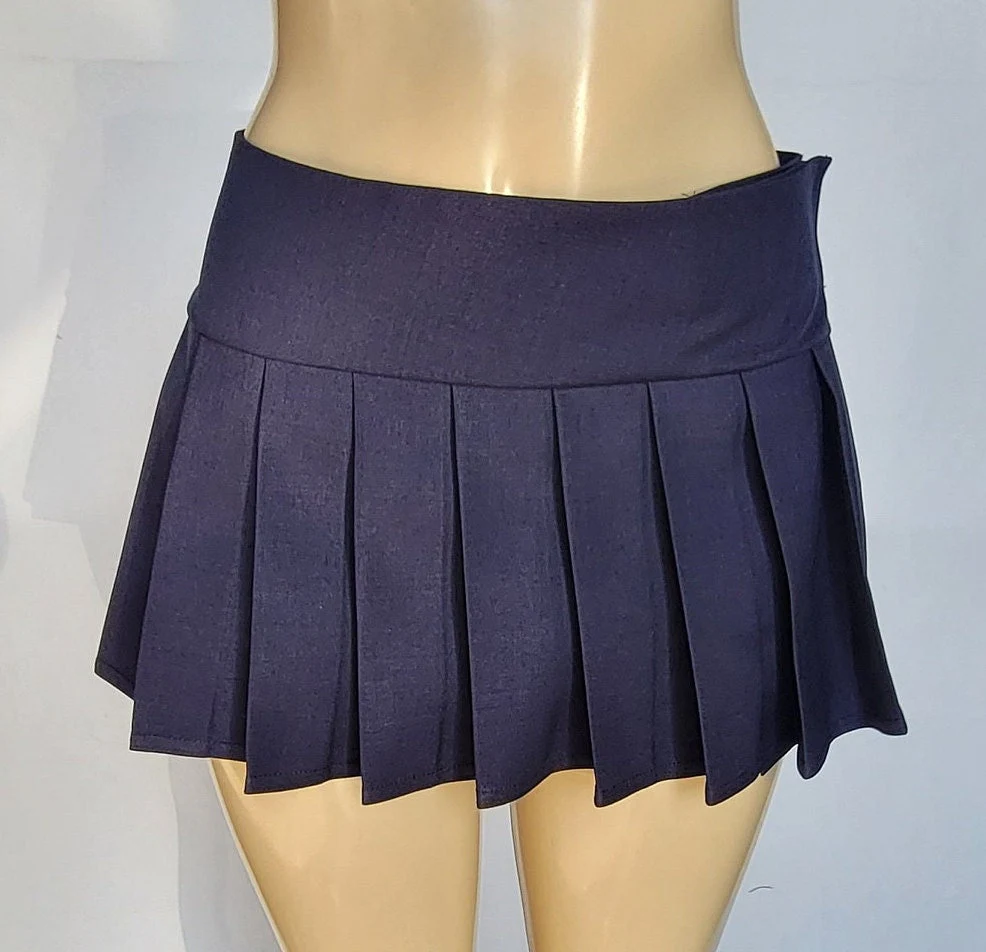
Knife pleats are sharp, clean pleats that all face the same direction. They are typically pressed flat and are evenly spaced.
Application: These pleats are commonly used in skirts, dresses, and uniforms to create a sleek, streamlined look. They add a touch of formality and structure to garments, making them ideal for both casual and formal wear.
2. Box Pleats

Box pleats consist of two folds facing opposite directions, creating a box-like shape. They are often wider and deeper than knife pleats.
Application: Box pleats are frequently used in skirts, dresses, and jackets to add volume and movement. They are also popular in home decor, such as curtains and table skirts, due to their structured appearance.
3. Inverted Pleats
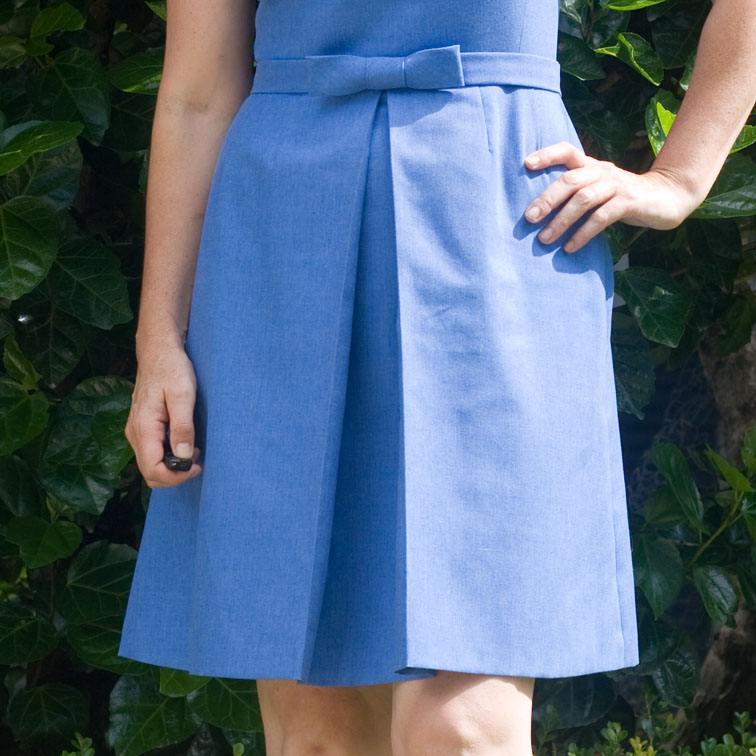
Inverted pleats are similar to box pleats but reversed, with the folds meeting in the center. This creates a neat, tailored look.
Application: These pleats are often found in skirts, dresses, and coats. They provide ease of movement and a flattering silhouette, making them a favorite in both casual and formal designs.
4. Accordion Pleats
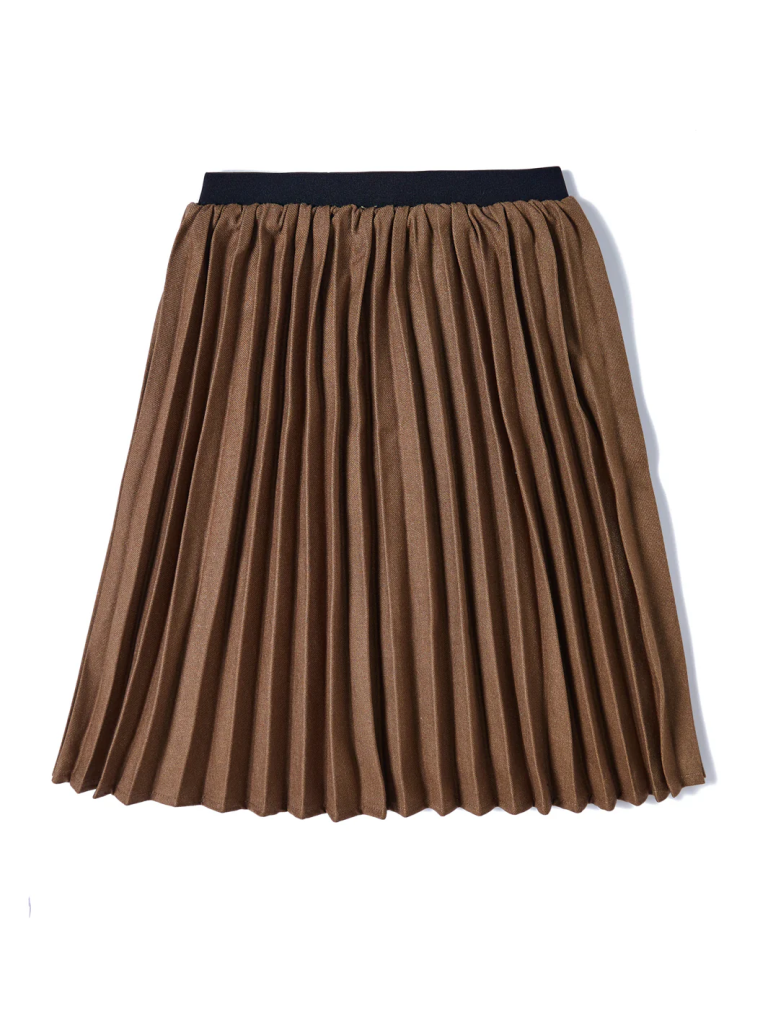
Accordion pleats are narrow, evenly spaced pleats that resemble the bellows of an accordion. They are typically heat-set to maintain their shape.
Application: Accordion pleats are used in skirts, dresses, and blouses to create a flowing, elegant look. They add a sense of movement and are perfect for garments that require a lightweight, airy feel.
5. Plissé Pleats
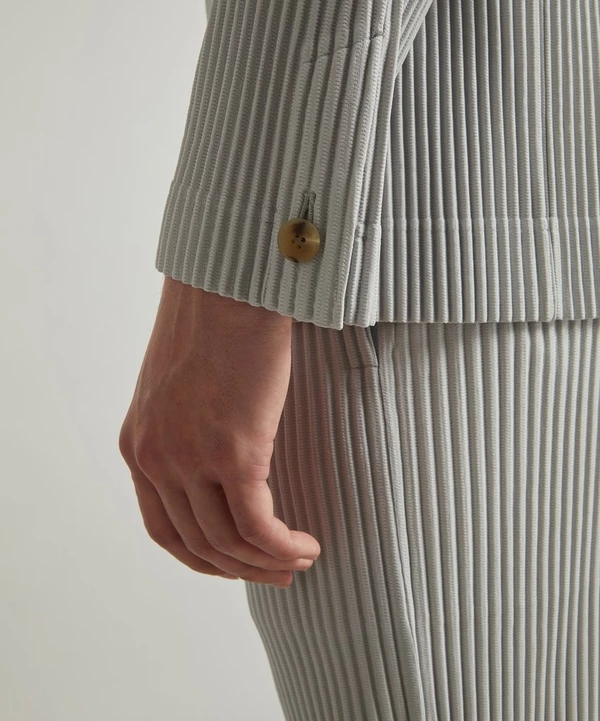
Plissé pleats are small, crinkled pleats created by treating the fabric with heat and pressure. They have a textured appearance and are often permanent.
Application: These pleats are used in skirts, dresses, and blouses to add texture and visual interest. Plissé pleats are also popular in evening wear and special occasion garments due to their unique, luxurious look.
Conclusion
Pleats are a versatile and elegant design element that can transform any garment. By understanding the characteristics and applications of different types of pleats, you can add depth, texture, and movement to your creations. Whether you’re designing a sleek, formal dress or a flowing, casual skirt, incorporating pleats can elevate your designs and showcase your creativity. Experiment with these five types of pleats in your next project and see how they can enhance your fashion creations.


